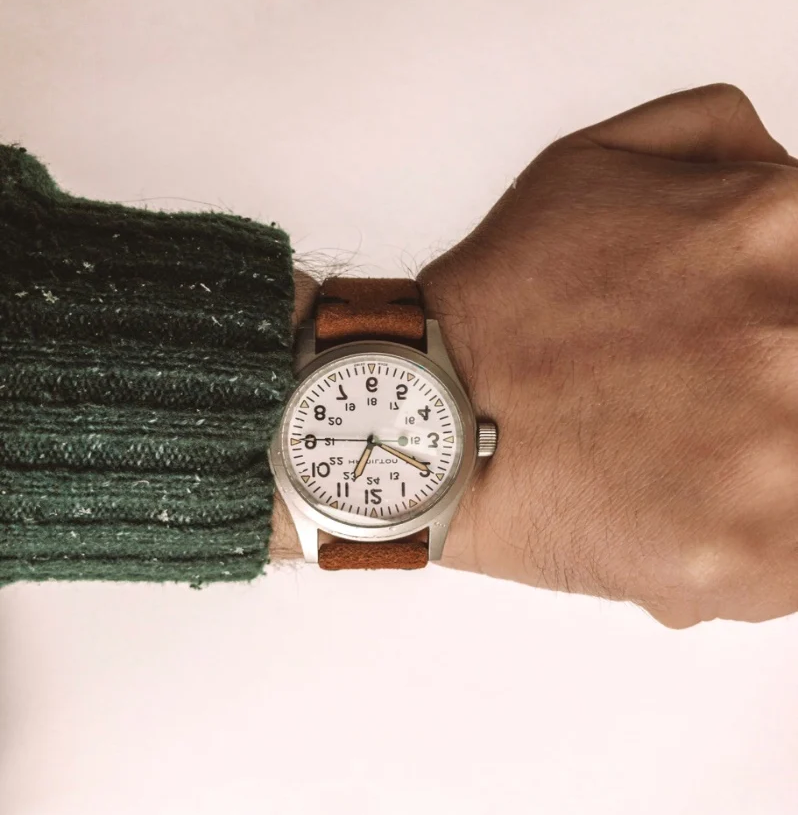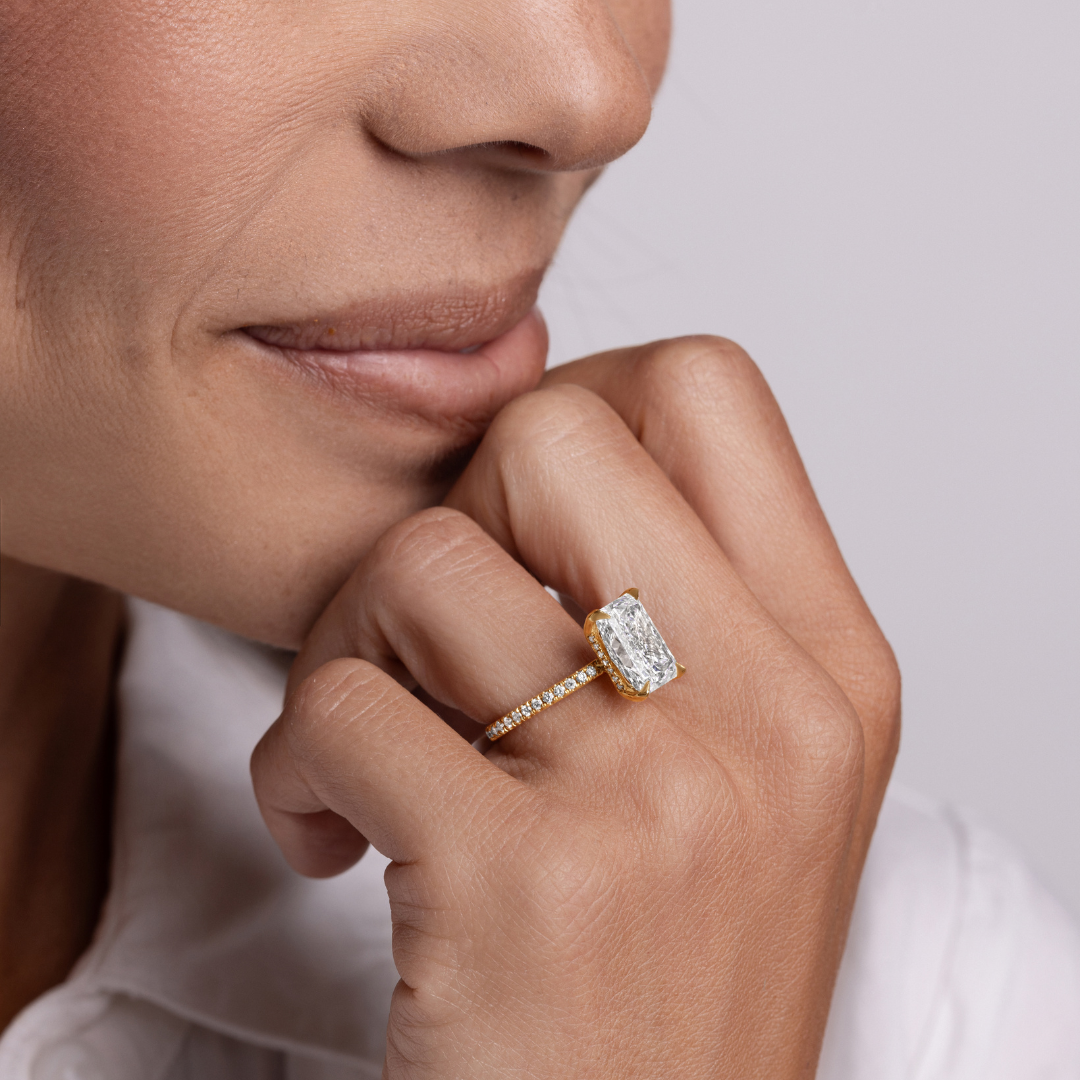A well-fitted watch adds a touch of elegance to your attire and ensures a comfortable and functional experience. Determining the ideal fit for your watch is crucial to strike a balance between style, practicality, and comfort. This article explores the factors to consider when finding the perfect fit for your timepiece.
A Good Fit Starts With Comfort
When it comes to wearing a watch, comfort should be paramount. A properly fitted watch will feel like an extension of your wrist, offering a seamless experience. Avoid wearing a watch that is too tight, as it may restrict blood circulation or cause discomfort during extended wear.
On the other hand, a loose watch can slide around, leading to potential damage and even loss. Prioritize a fit that allows movement while keeping the watch secure and comfortable.
But how can you test if the watch is as tight as it should be?
The Sliding Test
To determine if your watch fits properly, perform a simple sliding test. With the watch fastened, gently shake your wrist back and forth. If the watch stays in place and doesn't slide excessively, it indicates a good fit. However, it might be too loose if the watch moves around too much.
Conversely, it's likely too tight if it feels constrictive and leaves visible marks after wear. Adjust the watchband accordingly to reach a point where it’s not a rigid fit and allows freedom of movement.
Finding Balance With the Two-Finger Rule
Balance is essential in achieving the ideal fit. A too loose watch may feel unmanageable and lack refinement, while an excessively tight one can feel restrictive.
So, how tight should a watch be? To achieve the perfect fit, consider the two-finger rule: when wearing the watch, you should be able to comfortably slide two fingers between the watchband and your wrist. This guideline allows for adequate breathing space while ensuring the watch stays in place.
Do Different Straps Require Different Tightness?
Different types of watch straps require varying degrees of tightness.
For metal bands, aim for a tighter fit that prevents excessive motion while allowing the watch to glide effortlessly on your wrist. Otherwise, the metal may slip across your wrist constantly due to a lack of friction.
Leather or fabric straps, on the other hand, require a slightly looser fit to account for the material's flexibility. Ensure that leather straps are secure without being unduly tight, as they may stretch and conform to your wrist over time. The strap type will ultimately influence the watch's fit, so consider the material and adjust accordingly.
Where Can I Get My Watch Fitted?
When it comes to getting your watch fitted, several options are available. Authorized retailers or brand boutiques often provide watch fitting services, where knowledgeable staff can assist you in adjusting the watchband to achieve the perfect fit.
Local watch repair shops or jewelers also offer fitting services with experienced professionals who can make necessary alterations.
Certain watches come with tools or mechanisms that allow for self-adjustments. In such cases, you can follow the manufacturer's instructions or refer to online resources for guidance on properly fitting your watch.
If you're unsure, seeking professional help is best to avoid potential damage.
Conclusion

Apart from avoiding extremes where the watch is excessively loose or tight, the answer to "How tight should a watch be?" comes down to personal preference. Some individuals prefer a snug fit, while others may opt for a slightly looser fit. Ultimately, the goal is to find a comfy and reasonable fit that compliments your style and enhances your overall look.
We recommend learning more about different fits and styles to discover what feels and looks best for you.






Share:
14 Things to Know About Panerai
Best Men’s Dress Watches: 2023 Picks